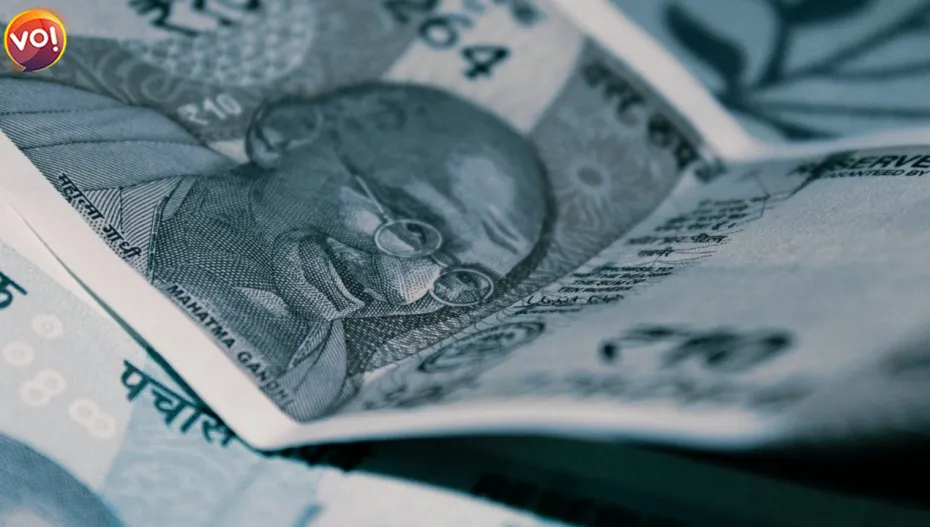On Monday, the Indian rupee sank to a new all-time low of 78.15 against the US dollar. In the midst of a toxic mix of rising expenses and slowing growth, the dollar strengthened on lower demand.
Last week, the dollar index gained after consumer price inflation in the United States soared to new 40-year highs, reaching 8.6% on an annual basis. The dollar index surpassed 104 points once more, as 10-year benchmark bond yields in the United States surpassed 3.15 percent. Against the dollar, the Japanese yen and the euro both hit new lows. The euro also fell when the ECB forecasted lower economic growth for 2022-23, signalling that interest rates will be raised. The experts are of the opinion that dollar index is expected to continue steady this week, with a retest of 104.80 levels possible.
Following Friday’s selloff on Wall Street, stocks in other Asian markets fell on Monday as a report showed that US inflation accelerated to 8.6% in May from 8.3% the month before. Asia’s stock markets have lost more than 2% of their value. Futures for the Nasdaq 100 fell 1.8 percent, while those for the S&P 500 fell 1.3 percent.
According to experts, Investor sentiment was negative as investors expected the US Federal Reserve to keep raising interest rates and taking other steps to slow the economy and bring inflation down. The two-year Treasury yield has reached its highest level since 2008, and the S&P 500 is down 18.7% from its all-time high set in early January, thanks to rising prices and expectations regarding Fed policy.












